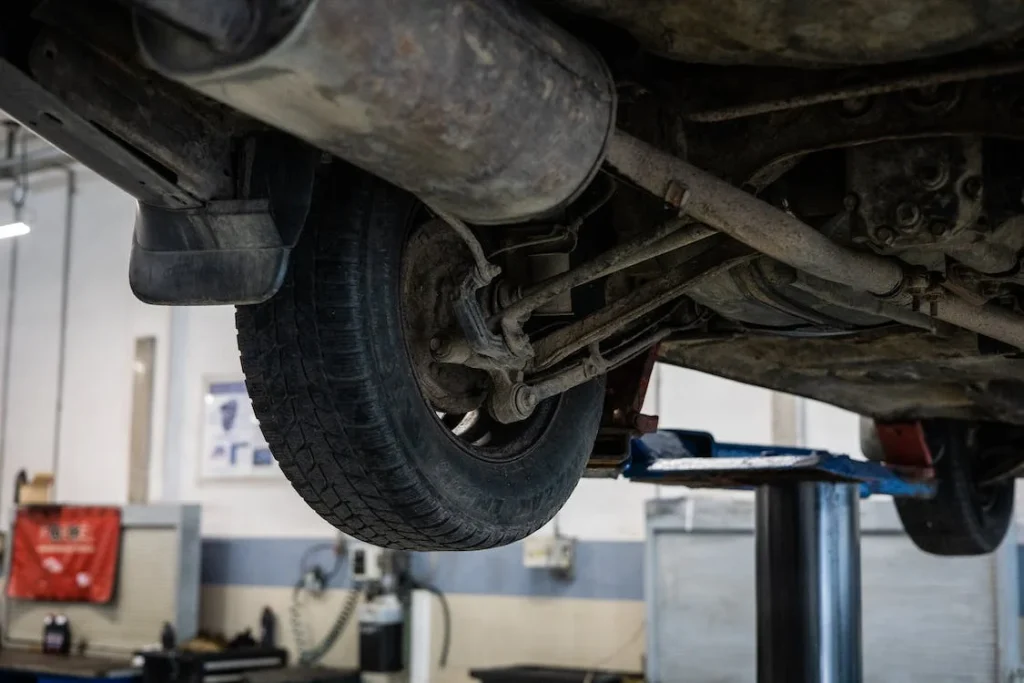Your tire’s condition can be something that’s easy to overlook. Many drivers will give their tires a quick look and then drive off. Unfortunately, worn or damaged tires are dangerous. Damaged tires can blow out, and this can easily result in an accident. As your Chevy dealer, we’d like you to know some of the signs you need to visit us for new tires.

Cracked Tires
Car tires are made from high-quality reinforced rubber that has been vulcanized to provide extra protection. Even the highest quality rubber will eventually suffer wear and damage. Your tires are regularly exposed to surface abrasion, heat, cold, and UV rays from sunlight. All these factors contribute to your tires slowly losing their elasticity.
As a tire becomes less supple and elastic, it can develop cracks. Environmental conditions and heat generated by friction with the surface will cause any cracks to slowly widen and deepen. Cracks in the rubber can lead to a leak or even a blowout. If you spot cracks in your tires, visit our service department and we’ll examine your tires. If they’re damaged, we can replace them for you.
Worn Tread
The raised areas of our tires comprise the tread. This tread allows your tires to securely grip the surface, making driving, cornering, and other maneuvers easier and safer. Tread slowly wears down over time, and as the tread decreases, you’ll notice driving and braking become slightly slower and less responsive.
A tire that has completely lost its tread is known as a bald tire. This type of tire is very dangerous to drive on as it provides no grip on the surface. A bald tire is also likely to cause your car to hydroplane if you’re driving over water, mud, or ice. If your tread is less than 1/16″ thick, your tires are dangerous to drive on and need to be replaced immediately.
Tire Bulges
A tire bulge is a raised area of your tire that’s filled with air. A bulge usually forms if part of your tire has been pinched against a heavy object. If this happens, air remains trapped in the pinched section of the tire, and this causes a weakness. Bulges are more common on the sidewall, the section of the tire perpendicular to the surface, but they can also occur on the tread.
As you drive, the air inside your tires naturally heats up due to friction. The air inside a bulge will also heat up and this can cause it to blow out. If you have a bulge in a tire, we recommend replacing it immediately to prevent an accident.
If your tires show any signs of wear or damage, call our service department right away at Orr Chevrolet of Fort Smith.





